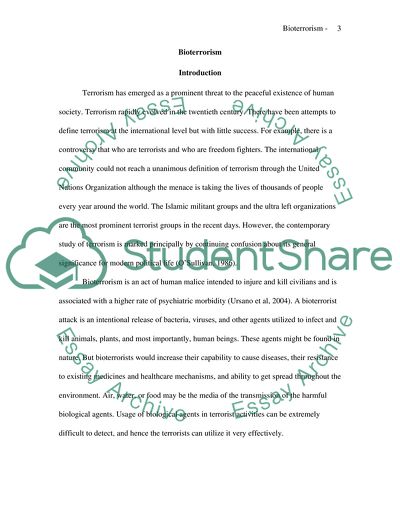Cite this document
(What Does It Mean Bioterrorism Research Paper Example | Topics and Well Written Essays - 1250 words, n.d.)
What Does It Mean Bioterrorism Research Paper Example | Topics and Well Written Essays - 1250 words. https://studentshare.org/military/1746733-bioterrorism
What Does It Mean Bioterrorism Research Paper Example | Topics and Well Written Essays - 1250 words. https://studentshare.org/military/1746733-bioterrorism
(What Does It Mean Bioterrorism Research Paper Example | Topics and Well Written Essays - 1250 Words)
What Does It Mean Bioterrorism Research Paper Example | Topics and Well Written Essays - 1250 Words. https://studentshare.org/military/1746733-bioterrorism.
What Does It Mean Bioterrorism Research Paper Example | Topics and Well Written Essays - 1250 Words. https://studentshare.org/military/1746733-bioterrorism.
“What Does It Mean Bioterrorism Research Paper Example | Topics and Well Written Essays - 1250 Words”. https://studentshare.org/military/1746733-bioterrorism.


